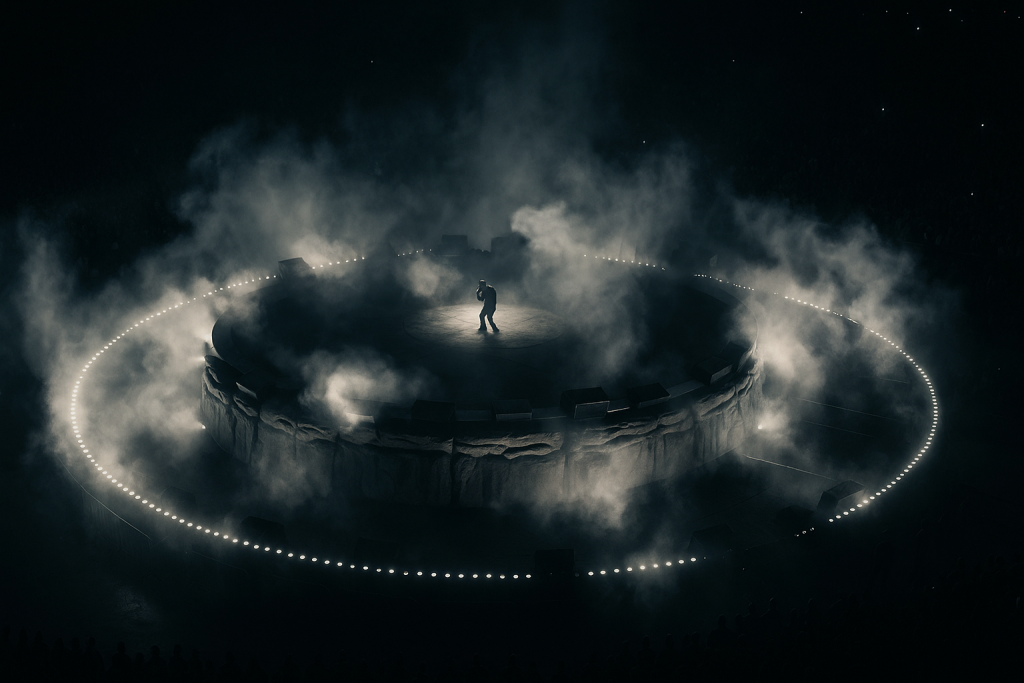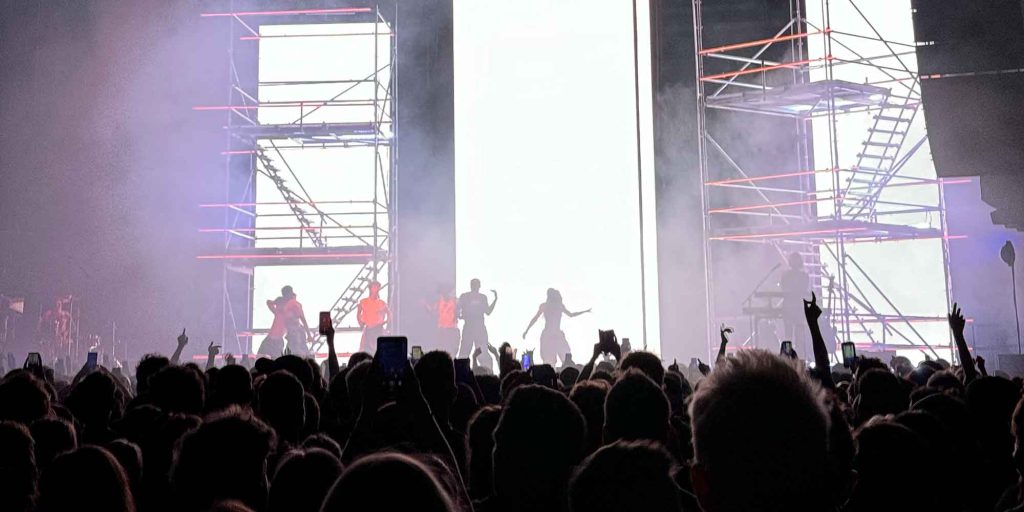How to Create a Show From ‘Nothing’
Where do you even begin when you want to stage the impossible? As someone who’s studied creative show production deeply—yes, even earning a PhD in how performance is constructed—I’ve spent years obsessing over that very question. Not just how shows work once they’re running, but how they start. The very first moment when a vague idea becomes a creative ignition point. Spark-ology, so to speak.
Here’s what I’ve learned: the best shows don’t start with fully formed plots or clever themes. They start with a question. A flicker of doubt. An idea that feels like it shouldn’t work: “Can you actually make a show about this or that?”. This is your creative springboard to unlock worlds of narrative, visual, and emotional potential.
Forget starting with linear storylines. Instead, begin with a practice. A recurring object. A value made physical. A moment you want to burn into the audience’s memory. Show ingredients that themselves can become inspirations for your work as a whole. Below, I’ll walk you through a set of simple, field-tested tools to help you shape even the strangest concept into a breathtaking show. Let’s build the unstageable—one spark at a time.
1. Anchor Everything in a Practice
When the concept is abstract, your best ally is a concrete practice: Music. Dance. Light. Rhythm. Start doing before you start explaining. Let your chosen practice shape the rules of your world.
A choreographic motif, a sound loop, or a lighting structure can become your primary storytelling tool. We’re seeing this in today’s humungous open air techno gigs (lights structure), or in fashion shows (live orchestra). The idea here is to build the world physically first—create its textures, its energy, its logic. The story will begin to unfold from within that system.
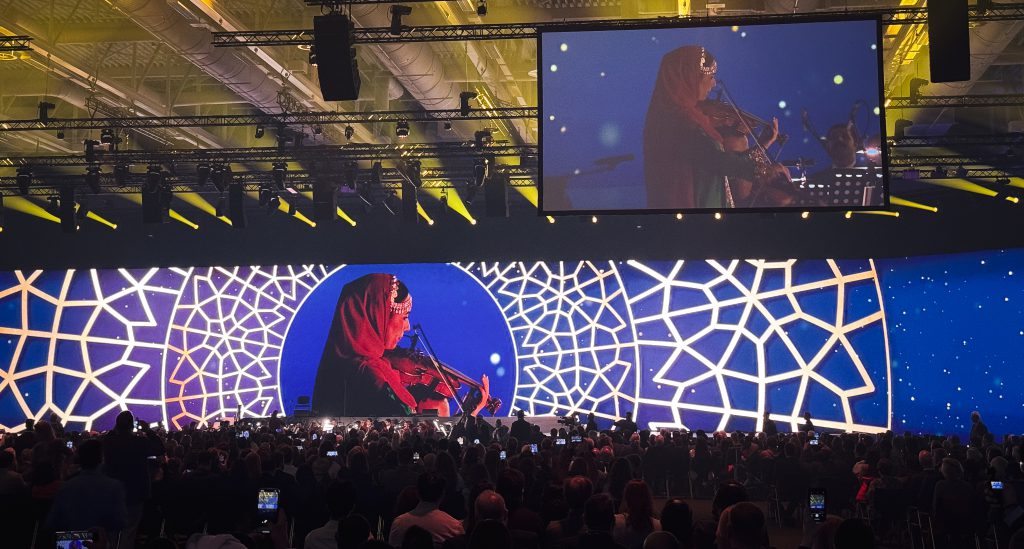
2. Define a Central Object or Device
Even the most experimental shows benefit from a visual or symbolic anchor. Find a simple object: a mirror, a ring, a square, a line, a fountain. It doesn’t need to be overly clever—it needs to be evolvable. This object becomes your show’s physical metaphor. Repeat it. Transform it. Break it. Put it back together again, but differently.
Across the arc of the show, this object should change form or meaning, revealing your concept slowly, even subconsciously. It’s not about “using props”—it’s about designing a recurring language that audiences begin to understand without words.
An example of this would be Es Devlin’s humongous and beautiful stages for the UAE’s National Day Celebration (e.g. a giant cube symbolising unity and strength), or many stadium ceremonies that center around an object as an artistic interpretation of the evening’s theme or topic.
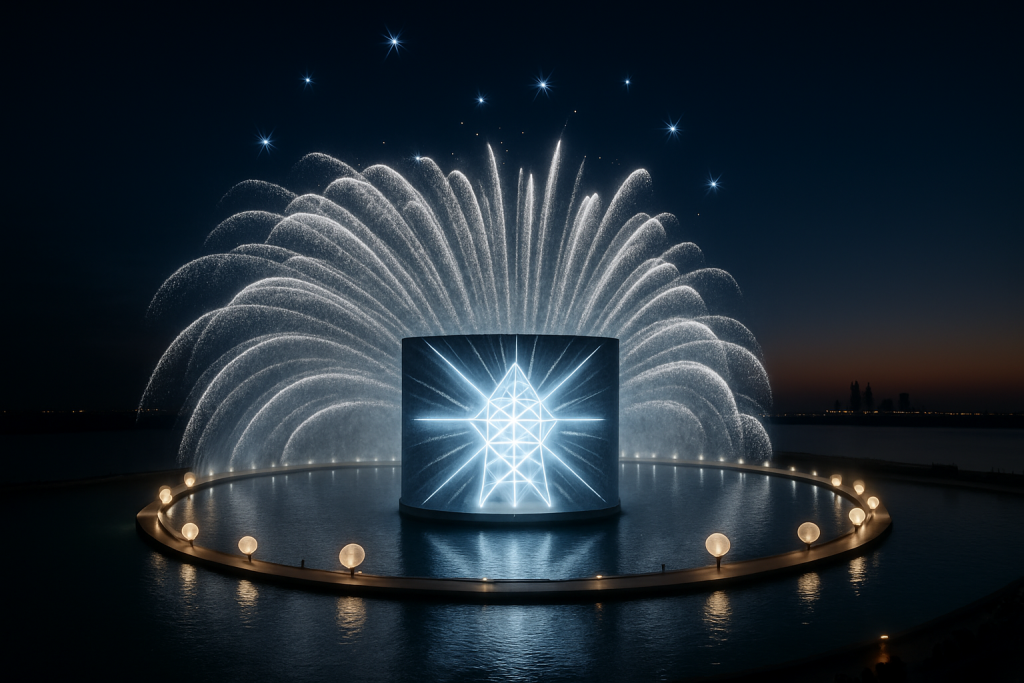
3. Personify Values, Not Just Characters
Beyond aesthetics, every show contains values that we can derive from the sponsoring body, the brand we’re working with, the occasion we’re celebrating, or a demographic we’re meant to represent, and so on. What beliefs, tensions, or drives sit at the heart of yours? Don’t limit yourself to plot or character. Instead, personify a fear, a joy, a drive to transform. These can appear through movement, music, or even scenography – and boom, we have a connection to our point #1.
And better still—stage what you expect the audience’s internal reaction is going to be. How can you externalize their confusion, delight, or catharsis within the world of the show? There is a huge body of work that deals with monsters in theatre. Ask yourself, what do these monsters represent? Is it a character, or a representation of our main character’s struggles that triggers audience reactions. This is where the real magic of live performance lies: not just in representation, but in emotional mirroring and triggering.
4. Ask: What Is the One Thing They Should Take Home?
Somehow connecting to point 2, but going deeper: What’s the visual, sound, or moment that lingers? It could be one silent gesture, one surreal shift, one moment when the whole show turns itself inside out. You can define that one spark early in your process (to give meaning to this entire blog post), or, in fact, work towards it with the help of all the other sparks you’ll find.
Then build everything else to serve it. Transitions, visuals, dramaturgy—they’re all tributaries leading to this climax. And when it lands, it will feel inevitable and unforgettable.
Take Rihanna’s Super Bowl Halftime Show. In a show of red uniforms, levitating stages, and swagger, it was the quiet moment that got remembered, and the quiet moment is Rihanna pausing to rub her belly—pregnant, powerful, still. One gesture reframes everything. The entire show becomes about presence, creation, strength. That’s the spark.
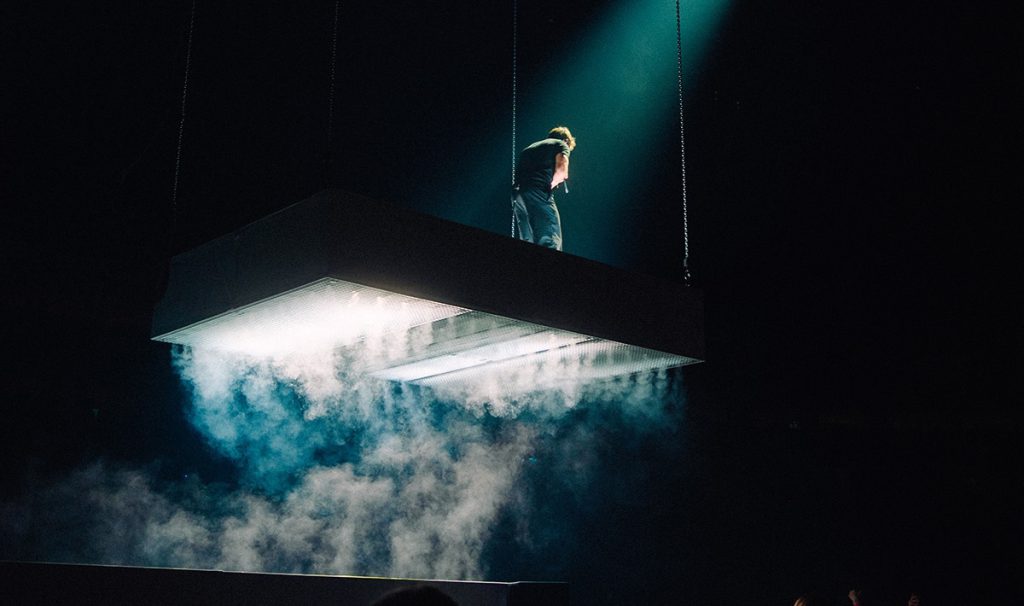
5. Design for Tension, Counterpoints, and Twists
Once your structure is in place, start disrupting it. Introduce a parallel narrative that reframes what we thought we knew. Insert a counterpoint—something that seems to contradict your theme, until it deepens it.
Think of Beyoncé’s Homecoming at Coachella. On the surface, it’s a high-energy celebration of Black excellence and HBCU culture. A full-blown party with impeccable choreography. But halfway through, she shifts tone entirely with a stripped-back rendition of “I Care”. Suddenly, the spectacle is punctured by vulnerability, memory, and collective reckoning. It’s not a detour. It’s a deeper layer. The disruption makes the joy sharper, more grounded, more earned. She’s brought in similar show structural elements in her world tours, such as Renaissance in 2023.
The most compelling shows often surprise by tension: between what is seen and what is felt, between what is known and what is questioned. Between what is believed a status quo and the destabilising of it. Let this form twist around the content. Let the expected unravel.
6. Name Your World
Once your show has its cornerstones—the spark, the climax, the twist—you can begin to weave a through line that’s more symbolic than it is structural. One of the most underrated but powerful tools in world-building is naming. Naming your show, its parts, its objects, characters, acts, transitions—even its lights and set pieces—is an act of dramaturgical alignment. The names label things and carry intention. They hint at tone, arc, and theme. They pre-code how something should be felt. They whisper where the audience is heading, or nudge them to reframe what just happened. The right name can carry irony, momentum, or foreshadowing—all without spelling anything out.
Are your show parts named like stations, dreams, commandments, pulses? Is your show’s title a declaration or a riddle? Do your props have names that betray what they really are (or are not)? All these choices build meaning long before (and after) the audience fully understands them.
In doing so, you are scripting semantic terrain. Each name becomes a marker on the emotional map. It tells your team where to push, what tone to hit, what the thing is really about. And later, it tells your audience how to feel, reflect, and remember. Think of these names as dramatic devices—they signal structure and intention. They stitch together disparate parts into a living system. And when well chosen, they help your design language, performance direction, and audience perception speak the same show-language – they suddenly create texture and meaning.
This is how shows become worlds.
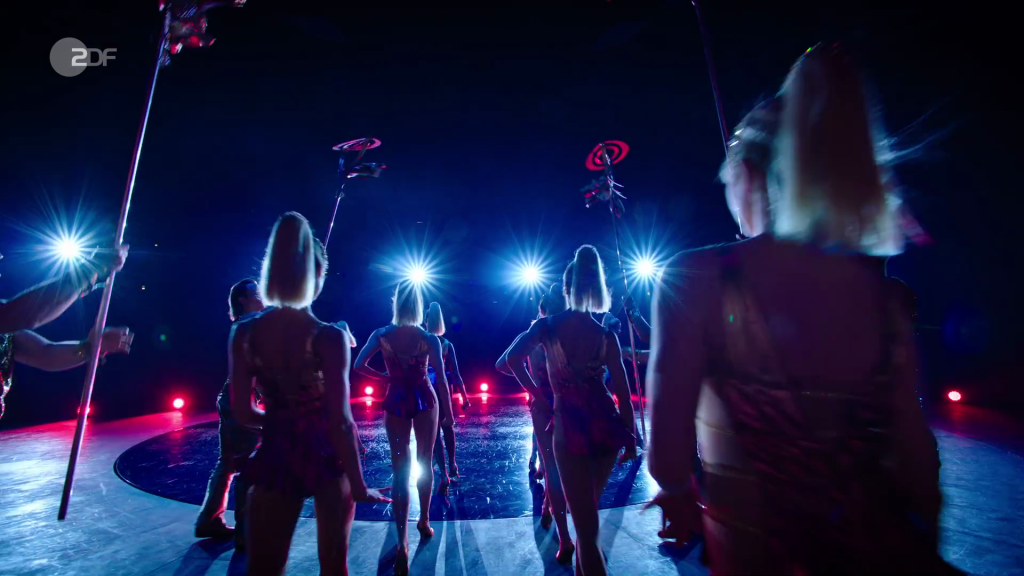
Why do all this?
Because a show isn’t just a vessel for story. From the audience perspective, it’s a crucible for meaning. As show creators, we’re meant to craft sequences, when in fact, we’re offering containers that hold tension, clarity, joy, (dis)comfort, and epiphany. This method—a mix of practice, metaphor, emotional dramaturgy, and visual structure—lets us do just that, even when our initial idea feels impossible to stage. This is what I understand as “Sparkology”. It’s about finding that spark and deducing a whole world from it. Of course, this is only the start and there is a lot more to discover, but it may help you already in putting that first spark onto a blank page. And in doing so, we are only starting to reveal how performance can shape the world and our very understanding of it.
Want more insights like this?
Bookmark my website, or follow me on Instagram for behind-the-scenes looks into the show creation process, creative resilience tools, and field notes from a life in performance. Get in touch for more in-depth toolboxes, consultancies, or project work.


